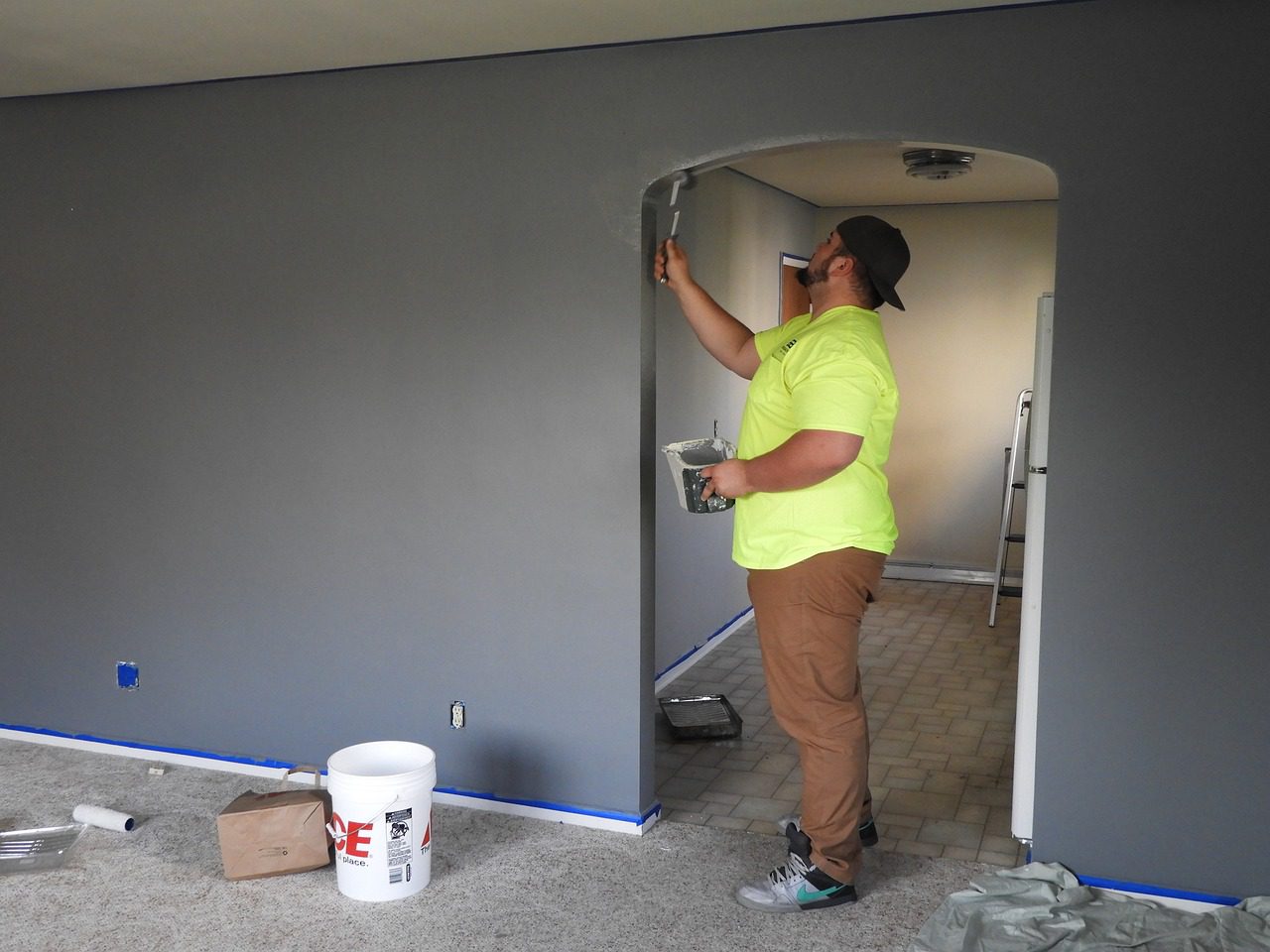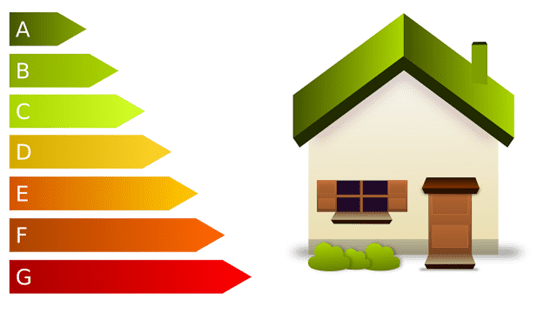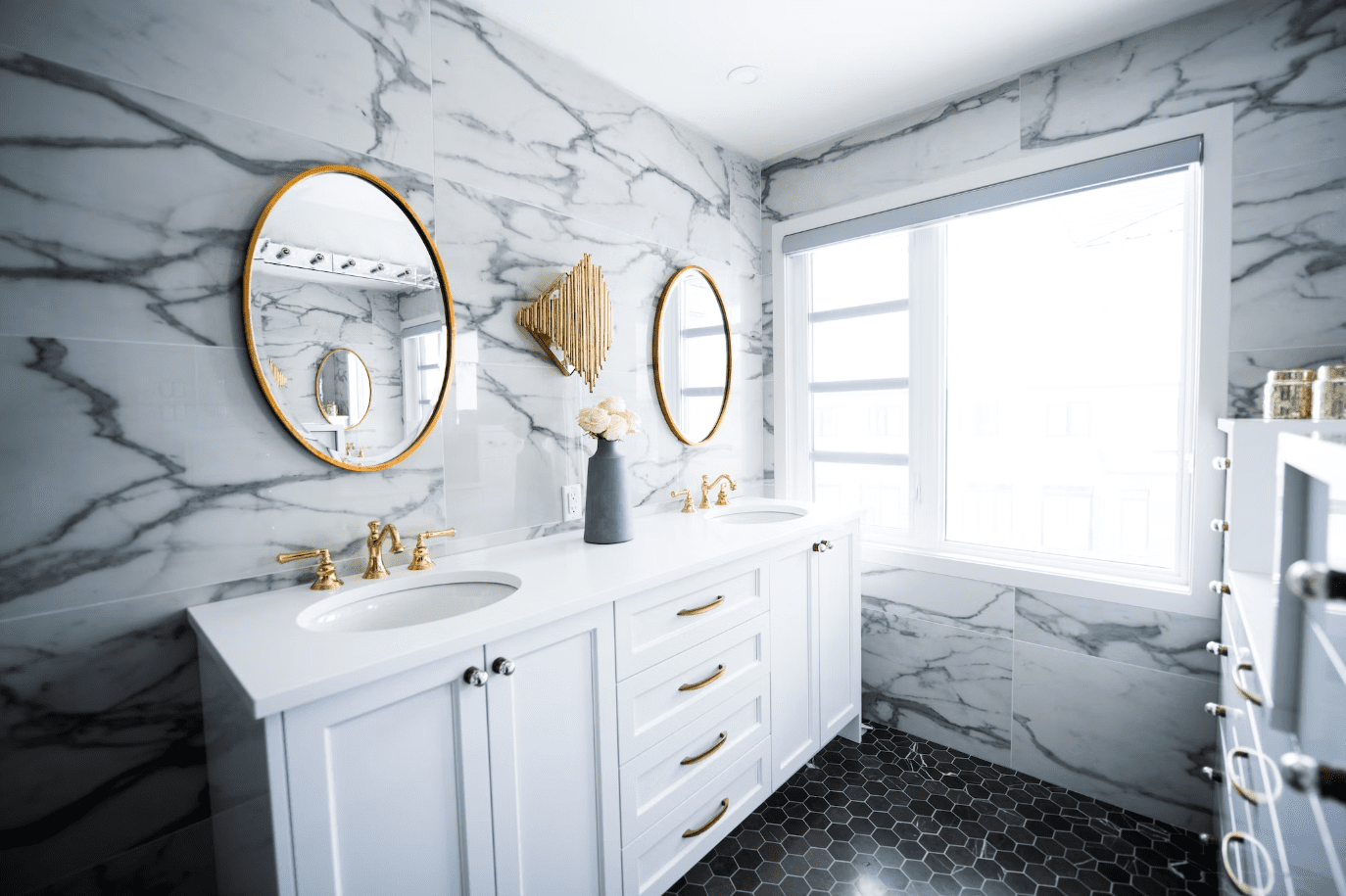Home renovation can be an exhilarating endeavor. However, without a well-structured budget, this exciting venture can quickly become a financial whirlwind. This comprehensive guide will lead you through the process of creating a practical and realistic budget for your home renovation project, ensuring your financial goals stay unscathed.
Understanding the Importance of a Home Renovation Budget
Home renovations, no matter the scale, can significantly impact your financial stability if not planned correctly. A well-thought-out budget serves as a financial blueprint, guiding your spending and preventing unforeseen costs from spiraling out of control. It helps keep your renovation goals aligned with your financial capabilities, ensuring a smooth and successful project execution.
Step 1: Determining Your Renovation Priorities
The first step towards crafting a realistic home renovation budget is to outline your renovation priorities. This could be anything from installing a new kitchen floor to painting the master bedroom. Prioritize projects that are not just aesthetically driven, but also enhance the functionality of your home and potentially increase its value.
Step 2: Conducting a Thorough Cost Research
With your renovation priorities set, it’s essential to conduct comprehensive cost research. This would involve identifying the costs of materials, labor, and any permits you’d need for each project. Understand that the cost of labor can vary widely based on the area, the current season, and the availability of professionals. Also, remember that while you might be tempted to cut costs on labor, a high-quality professional is often worth the price tag.
Step 3: Building a Contingency Fund
Unexpected costs are a common occurrence in home renovation projects. To safeguard your budget from unexpected expenses, it’s advised to add a contingency fund. A good rule of thumb is to allocate an extra 10-20% of your total budget for unforeseen costs. This will provide a cushion for any surprises, reducing the chances of your project stalling due to financial constraints.
Step 4: Considering Financing Options
If your renovation project exceeds your savings, it’s worth looking into various financing options. Home equity loans, lines of credit, and cash-out refinancing are some options available. Remember to carefully consider the terms of any financing option to ensure it aligns with your financial capabilities.
Step 5: Consulting with Professionals
Enlisting the expertise of professionals such as contractors, designers, and architects can be incredibly beneficial in crafting a realistic budget. These experts can provide reliable cost estimates, guide you on cost-effective options, and help you avoid potential financial pitfalls.
Step 6: Factoring in Return on Investment (ROI)
When planning your home renovation budget, it’s wise to consider the potential return on investment (ROI). Some projects, like kitchen, remodels or window replacements, can significantly increase the value of your home, making them worth the investment.
Step 7: Planning for Accommodation and Cleaning Costs
Major renovations may require you to seek temporary accommodation. These costs, along with the costs of meals and transportation, should be factored into your budget. Additionally, a significant renovation will require a thorough post-construction cleanup, which is another cost to consider.
Step 8: Insurance Considerations
Depending on the scale of your renovation, you may be required to obtain builder’s risk insurance. This type of insurance covers property owners against damages that may occur during construction. The cost of this insurance should be included in your budget.
Step 9: Keeping Track of Your Budget
Once your budget is set, it’s crucial to monitor your spending closely. This can be achieved by using budgeting apps or software, which can connect with your bank account to provide real-time updates on your spending.
Step 10: Staying Flexible
Despite meticulous planning, unexpected scenarios can arise during the renovation process. Therefore, it’s essential to maintain a certain degree of flexibility in your budget. This will allow you to adjust your plans accordingly, ensuring the renovation continues smoothly.
Step 11: Reviewing Your Budget Regularly
Regular reviews of your budget are crucial during the renovation process. This will help you identify any areas where you may be overspending and make necessary adjustments.
Step 12: Celebrating the Completion of Your Renovation
Once your renovation is complete, take the time to celebrate your accomplishment. You’ve successfully navigated the complexities of home renovation budgeting and transformed your home without breaking the bank!
Home renovation is a significant investment, and a well-planned budget is the key to ensuring it doesn’t turn into a financial nightmare. By following the steps outlined in this guide, you can create a realistic budget that aligns with your renovation goals and financial capabilities, leading to a successful and satisfying home renovation project.






